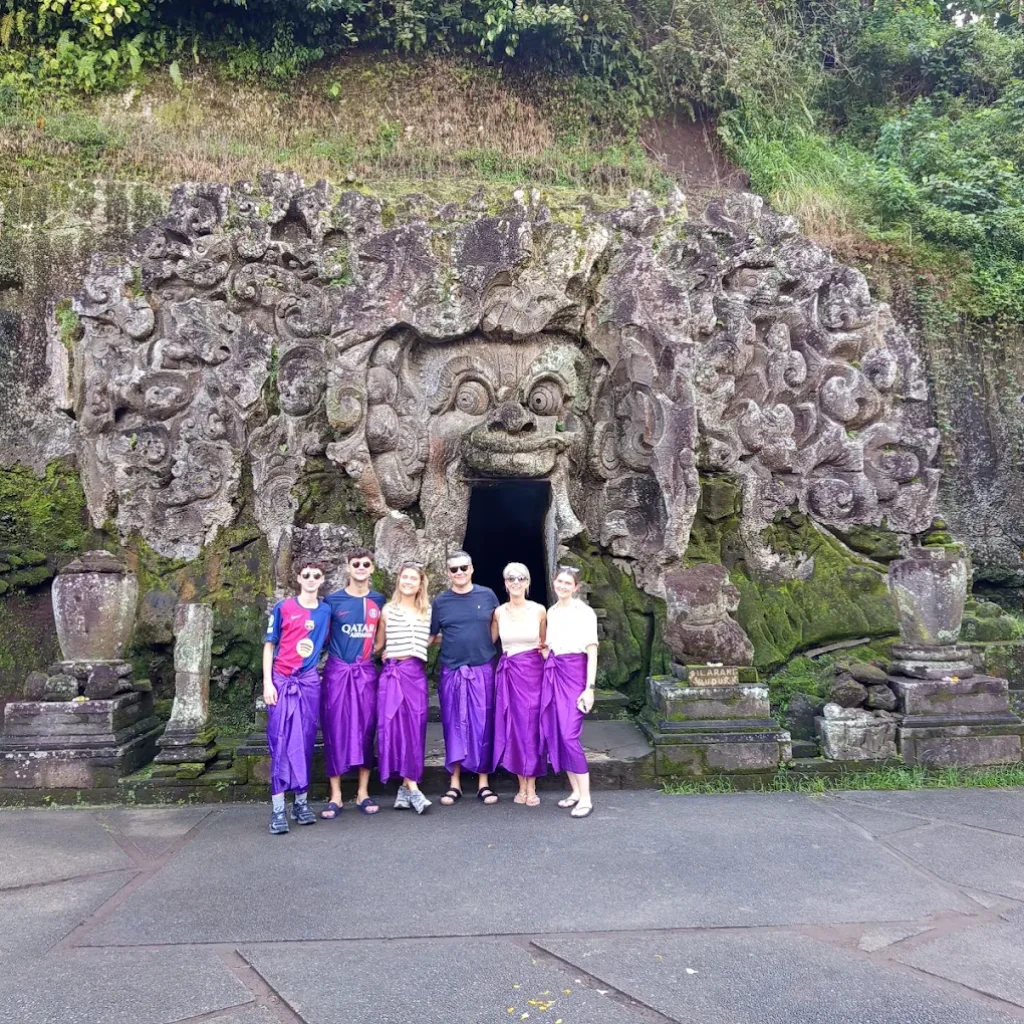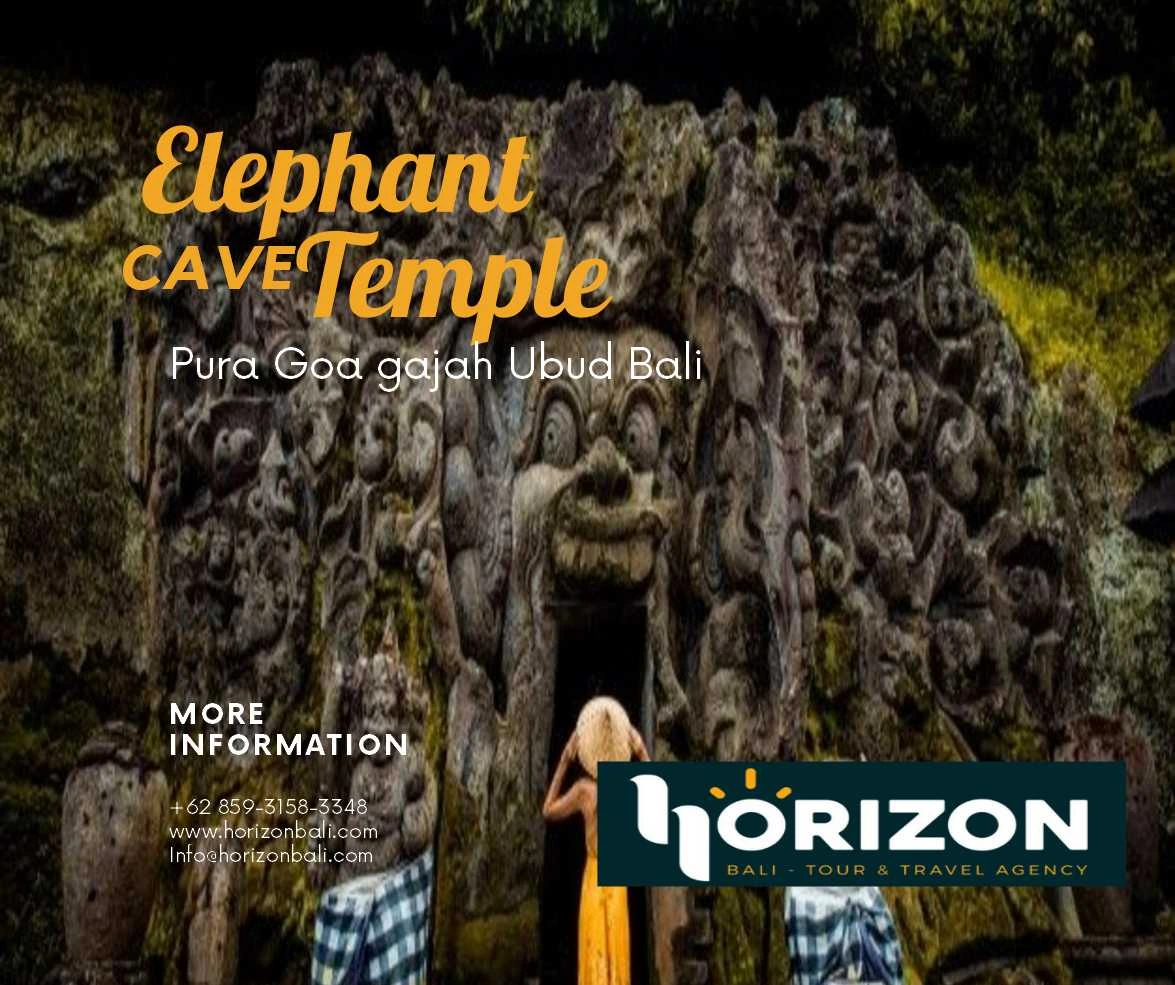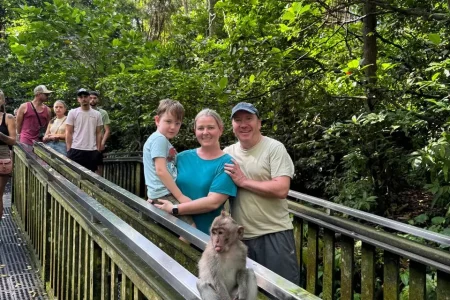Hidden among the lush greenery of Ubud lies one of Bali’s most fascinating ancient sites, the Elephant Cave Temple, known locally as Goa Gajah. This sacred site blends history, spirituality, and mystery, attracting travelers from all over the world. Visiting the Elephant Cave Temple in Ubud is not just about sightseeing; it’s a cultural and spiritual journey through Bali’s ancient past.
Customizable Ubud Day Trip – Explore Your Way
Discover the charm of Ubud day trip designed to match your interests, pace, and sense of discovery. This customizable journey invites you into the heart of Bali’s cultural and natural wonder, blending art, spirituality, scenic landscapes, and leisurely moments all within the comfort and ease of our premium Bali private tours experience. Your morning begins […]
Duration
1 day
Group Size
Unlimited
Bali VW tour (Ubud) | Volkswagen Safari Classic Car Tours
Discover a one of a kind VW tour Bali that blends classic automotive charm with the cultural heart of Ubud. Imagine cruising the picturesque countryside in a vintage Volkswagen Beetle or Kombi, windows down, wind in your hair. This is not just a ride, it is a story on wheels. Each turn in the road […]
Duration
1 day
Group Size
Unlimited
The History of the Elephant Cave Temple
The Elephant Cave Temple or Goa Gajah Temple dates back to the 11th century, during the time of the Balinese Kingdom of Bedahulu. Historians believe it was built as a sanctuary for meditation, blending both Hindu and Buddhist influences that coexisted harmoniously in ancient Bali.
The name “Goa Gajah,” which means “Elephant Cave,” likely comes from the nearby Elephant River or from carvings at the cave’s entrance. The most iconic part of the temple is the dramatic stone entrance a giant face with gaping mouth and fierce expression, believed to ward off evil spirits. Inside the cave, you’ll find small stone niches and Hindu lingam and yoni symbols used for spiritual worship.
Who Built the Elephant Cave Temple?
According to Balinese historical records, the Goa Gajah Temple was built by local priests and artisans during the 11th century, possibly under the rule of King Sri Astasura Ratna Bumi Banten. The site’s design reflects the spiritual harmony between Hinduism and Buddhism, two major belief systems in early Balinese culture.
In the 1950s, archaeologists discovered sacred bathing pools, fountains, and relics that expanded understanding of the temple’s original structure. These findings confirmed that Goa Gajah was once a much larger and more significant spiritual complex.
How Old Is the Elephant Cave Temple in Bali?

The Elephant Cave Temple in Ubud is estimated to be around 1,000 years old. Its intricate carvings, ancient stone sculptures, and weathered temple walls serve as timeless proof of Bali’s deep cultural and spiritual heritage. Despite its age, the temple remains an active place of worship and meditation for local Balinese Hindus.
Source: Ministry of Tourism and Creative Economy of Indonesia
Dress Code for Visiting the Elephant Cave Temple
As a sacred temple, visitors must dress modestly. Both men and women are required to wear a sarong and sash, which can be rented at the entrance. Shoulders and knees should be covered. Dressing respectfully shows reverence to local traditions and allows visitors to connect spiritually with the temple’s atmosphere.
Read Also About : Tegalalang Rice Terrace: The Most Famous Rice Field in Ubud
Elephant Cave Temple Entrance Fee
The entrance fee helps maintain the site’s preservation. As of 2025, ticket prices are approximately:
- Adults: IDR 50,000
- Children: IDR 25,000
The ticket includes access to the main cave, bathing pools, temple courtyards, and gardens. Opening hours are 8:00 AM to 5:00 PM daily. For the best experience, visit early in the morning to avoid crowds and enjoy the serene setting.
What to Expect at Goa Gajah Temple
Upon entering, the first thing that captures your attention is the demon-like carving at the cave’s entrance. The narrow interior holds meditation chambers where priests once performed rituals. Outside, two bathing pools with stone goddess statues spouting water symbolize purification and healing.
The surrounding gardens are filled with tropical trees, moss-covered relics, and stone steps, creating a mystical atmosphere perfect for quiet reflection or photography. Visitors often describe it as a peaceful escape from Ubud’s busy streets, a place where time seems to slow down.
How Long Should You Spend at Goa Gajah?
Most travelers spend around 45 minutes to one hour exploring the Elephant Cave Temple. This gives enough time to walk through the cave, visit the pools, and enjoy the temple grounds. For photographers or those interested in meditation, staying longer allows for deeper immersion into the site’s tranquility.
Is the Elephant Cave Temple Worth Visiting?
Absolutely. The Elephant Cave Temple is not just a historical site, it’s a sacred space that reveals Bali’s spiritual essence. Its blend of Hindu and Buddhist elements, peaceful setting, and striking stone carvings make it one of Ubud’s must-visit attractions.
For an enriching bali day trip, combine your visit with nearby sites like Tegenungan Waterfall or Tirta Empul Temple for a mix of nature, culture, and history.
Travel Tips for Visiting Goa Gajah
- Arrive early in the morning for a peaceful experience.
- Wear modest clothing and always use a sarong and sash.
- Bring water and comfortable shoes, the paths can be uneven.
- Hire a local guide to learn about the temple’s carvings and symbolism.
Conclusion
The Elephant Cave Temple Ubud, or Goa Gajah, is more than an archaeological site, it’s a living symbol of Bali’s soul. The ancient carvings, sacred pools, and tranquil surroundings make it a place where spirituality and history meet. Whether you visit for cultural curiosity, photography, or personal reflection, the Elephant Cave Temple will leave you inspired by Bali’s timeless beauty.





0 Comment